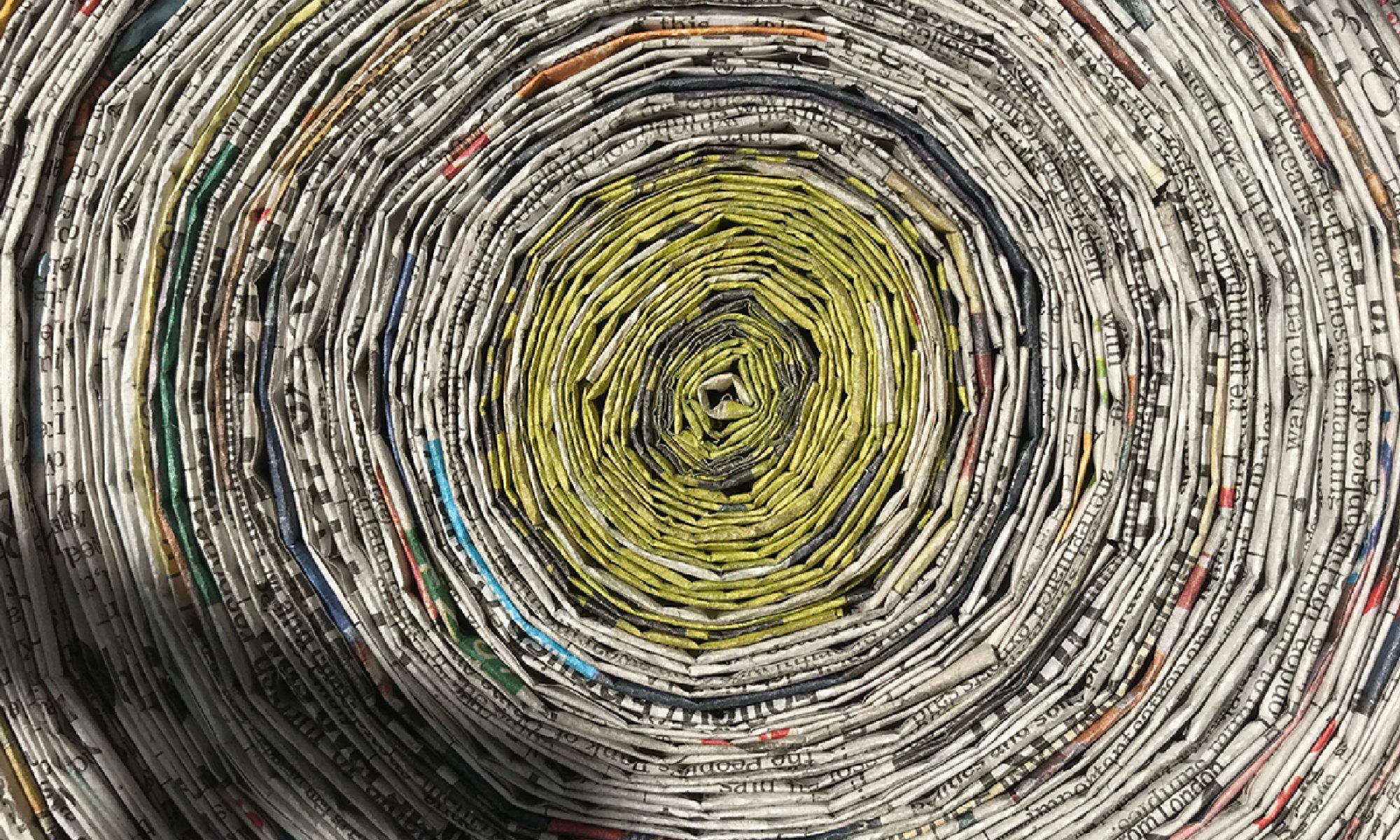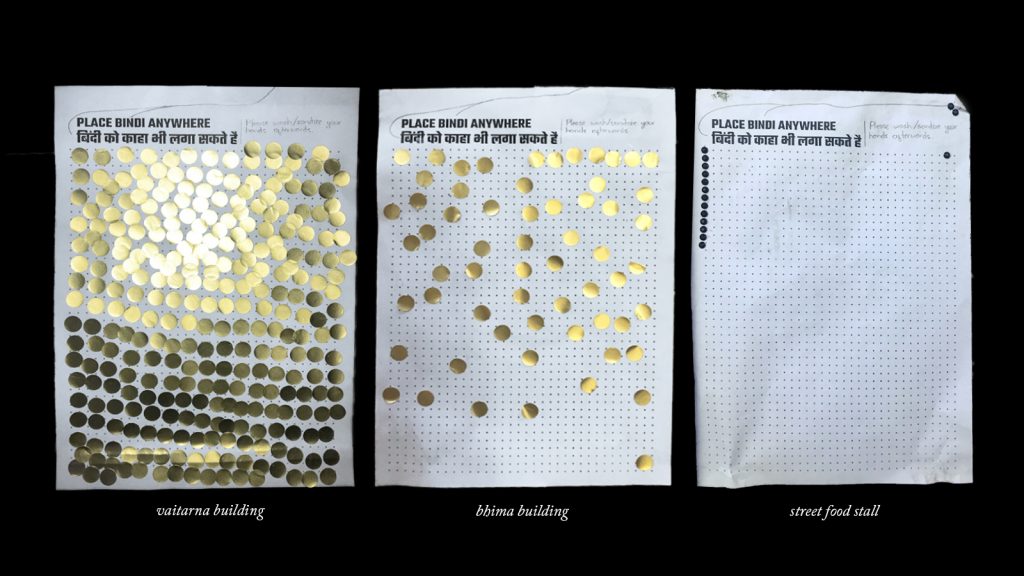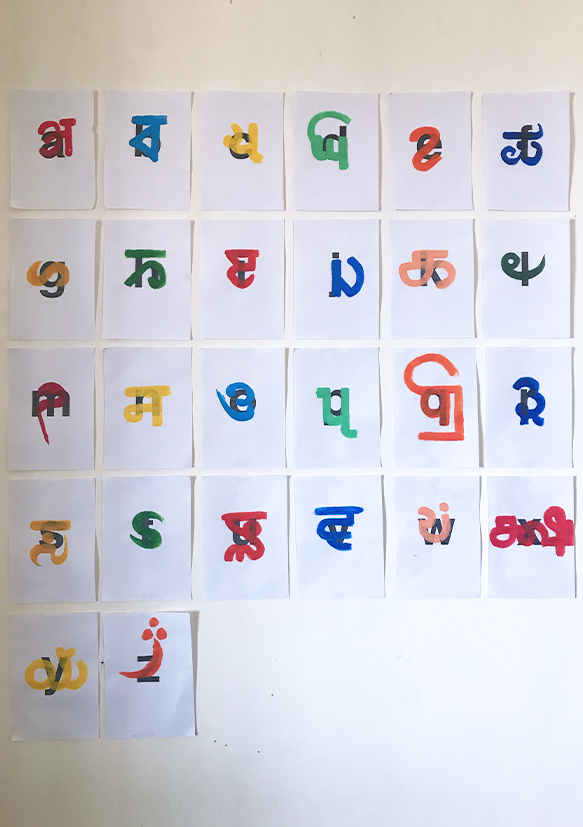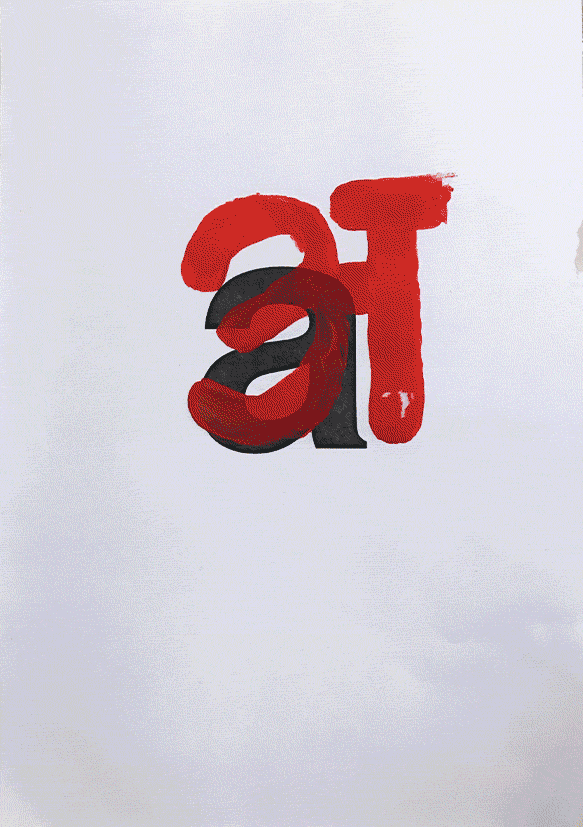“RELATIONAL DESIGN…?”
I decided to explore relational design as my stretch lexicon. I was not really sure what relational design really was? I decided to do a very rudimentary google search.
“Relational design is preoccupied with design’s effects, extending beyond the form of the design object and its attendant meanings and cultural symbolism.”
Walker Art
I further read the words “experiential” and “participatory” so I decided to go from there. I printed a bunch of flyers that ask people to place stickers which I provided along with the flyer onto the paper. I wanted to see how people were relating to the flyer. If they would even respond to the prompt. How did they respond to the prompt.
I suddenly realized something during the process of writing the simple instructions when creating the flyer but I will elaborate on that later. I took these flyers and place in various places in my neighbourhood. My building’s elevator. The next building’s elevator. A street food stall. A bench. The ocean promenade.
The next day, I went to check on the various flyers. The ones on the bench and the ocean promenade were taken down by the police so none of the public got to interact with the flyers. The ones by the building elevators, people actually responded to the prompt. They came back with two very different results.
The flyer of my building is completely filled with stickers. All the stickers were used. The flyer of the next door building was pretty sparsely filled with stickers. They were socially distanced stickers. At first, I was surprised that people even responded to the flyer at all. Then, I found it interesting that even though these buildings were part of the same community, the results were very different.
As for the one by the street food stall, there was very minimal interaction so I can’t comment. The flyers are still out in these places so I can further see the results over time.
Earlier I mentioned that I realized something while writing the instructions for the flyer. Before I sent out the flyers to the printers, I had one last look through and I realized I wrote the instructions down only in english. I live in Mumbai, India. The main languages spoken here are hindi and marathi. I just forgot to even account for the people who speak those languages. I was pretty disappointed in myself at that point. At dialouges, we just had that talk about decolonizing design and here I was following a colonized idea of the english language as the be all, end all (albeit, subconciously).
I just realized how ingrained this mindset was in my head and how ingrained it is in our education system. I decided to address this through the action. I asked myself what is the most glorified latin typeface in design history to this day? I looked back to design school and that was of course, Helvetica. There is a two hour documentary that we watched on it, not really understanding why we were watching it. So I printed out the alphabet in Helvetica then I painted it over with various Indian languages. Hindi. Bengali. Gujrati. Odia. Dogri. Kannada. Malyalam. MeiTei. Punjabi. Santhali. Tamil. Telugu. Urdu.
Then I stuck all of them on the wall and looked at it. I don’t know any of these languages fluently. I grew up speaking Bengali but I can’t read or write it. I speak very broken Hindi and can’t read or write it very well. Having to learn English was a necessity in order for me to adapt to many different situations but in the process, I lost touch with my native tongue. During the breakout session, Jeffrey posed the question of whether I would learn Bengali and who would I learn it from?
I have tried to teach myself Bengali before without much success since it’s a fairly complicated language. If I had to learn Bengali, it would have to be from my parents. Bengali is very personal to my identity and I would love if the ones who taught me to speak the language also taught me to read/write it instead of some online course which is highly standardized and impersonal. With my parents, there would be some ancestral history involved with the teaching which would motivate me to learn.




